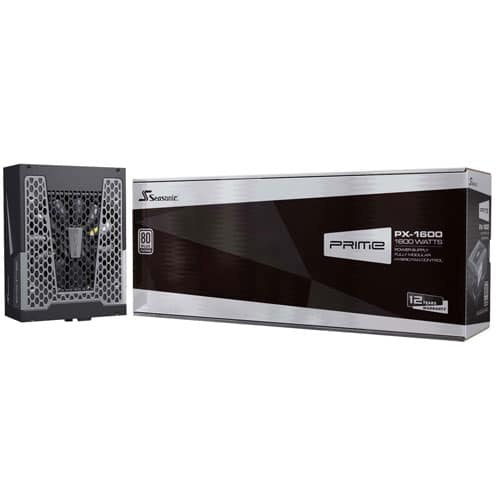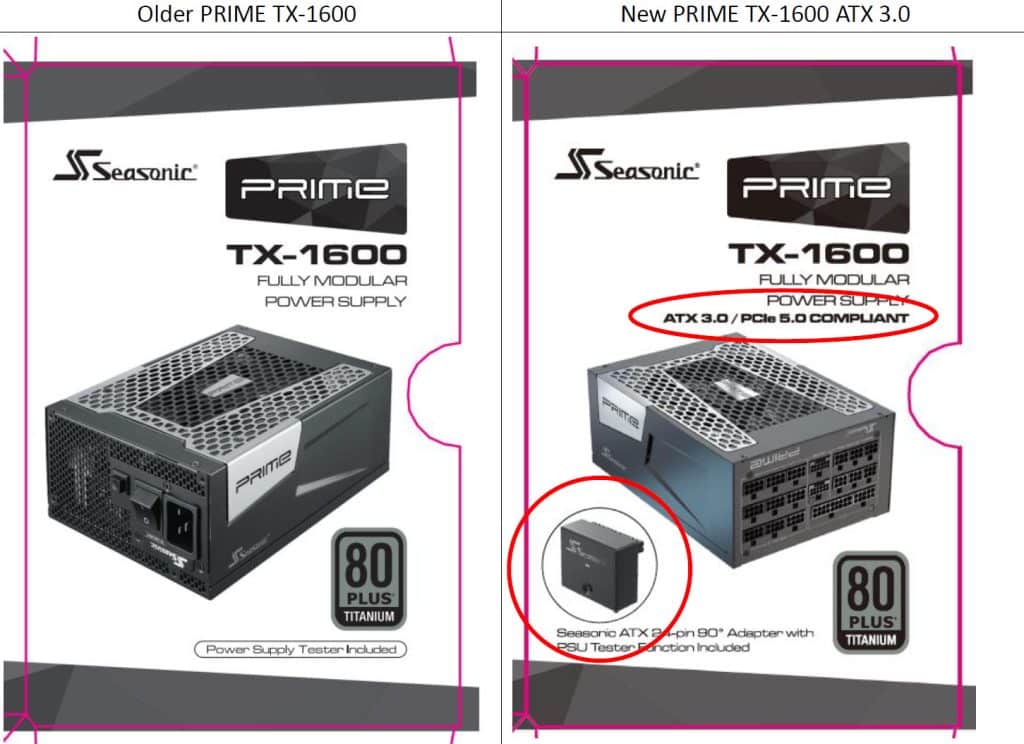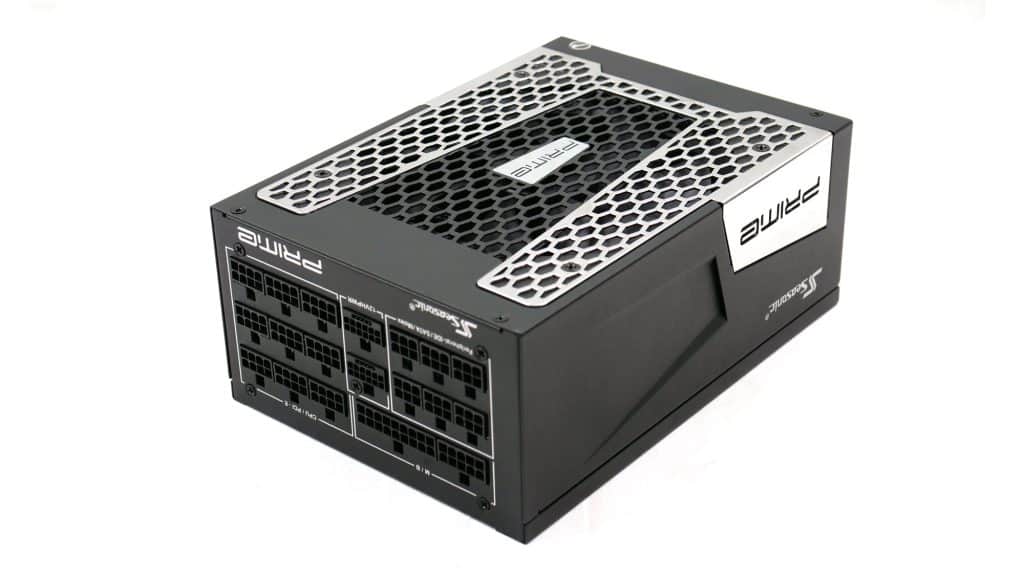Epilogue
If you remove noise output and the 0.71% difference in average efficiency, I like the PX-1600 more than the more expensive TX-1600. If you don’t care for the increased noise output, compared to the TX-1600, at loads above 1000W, I don’t see a reason to spend more money on the latter. Since nothing is perfect in this world, even cats, Seasonic has to do some tuning in the power factor converter and lower OCP on all rails and OPP to enhance the unit’s protection features, especially under hot operating conditions. I want to see OCP and OPP at lower levels under high operating temperatures and not at the same levels with room temperatures.
Those planning to use 1000W BIOS on your RTX 4090 will be happy to know that the PX-1600 is the best-performing unit with a 200% transient load in this Wattage category. The fact is that there aren’t many choices featuring ATX v3.0 compatibility at 1600W because it is tough to build a platform able to withstand 3200W loads, even for short periods.
To wrap up today’s review, if you want the quietest 1600W ATX v3.0 PSU, go for the Seasonic TX-1600, or spend a bit less for the PX-1600. The Thermaltake GF3 1650W is way more affordable, but noisy is hell. Expect both new ATX v3.0 ready TX-1600 and PX-1600 to hit the market after Computex. The boxes in the new models will clearly state that these units are ATX v3.0 and PCIe 5.0 compatible, and the bundle will also include an ATX 24-pin 90° adapter with a PSU tester function included. Moreover, the word “ATX 3.0” will be on the PSU’s model number.
My Best ATX v3.0 PSUs article already includes Seasonic’s top ATX v3.0 offerings, so don’t forget to read it before you invest in a new power supply. You help me a lot by using my affiliate links, which don’t increase the product’s price. I just get a commission from Amazon every time you do it, which can make a difference for me, especially now that I am on my own, working exclusively for my media and not for someone else.
- Delivered full power at 47°C
- ATX v3.0 and PCIe 5.0 ready
- High build quality
- Top overall performance
- Silent operation up to 100oW at normal temperatures
- High average efficiency
- High efficiency at light and super light loads
- Highly efficient 5VSB rail
- Low vampire power with 115V input
- Tight load regulation
- Good ripple suppression, except 5VSB
- Top transient response at +12V and 5VSB
- Long hold-up time
- Long and accurate power ok signal
- Alternative Low Power Mode (ALPM) compatible
- Fully modular
- Plenty of connectors including 2x 12VHPWR (600W)
- Enough distance (125-155mm) between peripheral connectors
- FDB fan
- Twelve-year warranty
- High OCP and OPP triggering points
- Low power factor
- High inrush currents
- An additional 4-pin Molex would be ideal
- Huge dimensions






Based on your suggestions bought the PX-1600. Amazing quality and cables are braided. Saved around 130 USD compared to the TX version.
I am using on a 220v socket so efficiency must be even better.
Ok, thanks for replying crmaris. I’ve had good experience with Seasonic so far & their Prime range so I’ll stick with them, thanks again for your time & in-depth reviews.
Hi crmaris, thanks for your reviews on the TX & this PX, awesome job.
Are these cons significant enough to deter someone like yourself from buying one?
Have you tested/reviewed a better high end alternative or more simply, which PSU in the 1300W+ category would be your go to right now?
Hi! So far there isn’t any better choice in the ATX v3.0 and >1500W capacity. I haven’t tested something better. The Corsair AX1600i has higher overall performance but it isn’t ATX v3.0 compatible
Very extensive review. I have the old Prime PX-1300 that has the 12v sense defect. I disconnected the wire and the PSU hasn’t turned off abnormally since when overclocking my 7900 XTX. My next PSU will definitely be ATX 3.0-compatible but I don’t think I need a new one, especially considering the limited choices now. I hope Corsair will update the AX1600i soon but I bet it will cost an arm and a leg.